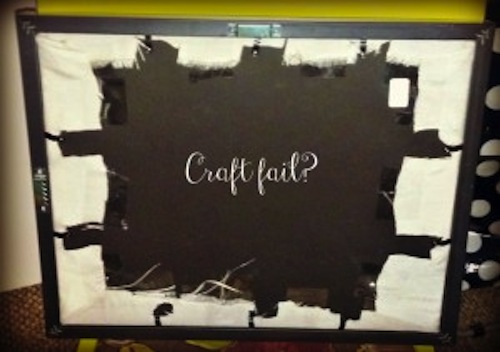
The techne of the builder, the craftsperson, the designer, is measurable and finite, at least at a certain basic level that defines minimal competence.
One important historical criterion for poetic craft has been facility in metrical control combined with syntactical suppleness. E.g., a Greek ode in quantitative measure: if one foot is marred, the entire production suffers (allowing for aesthetics in which a small amount of imperfection actually adds value, as with some textiles, glasswork, etc.).
The proliferation of free verse in the twentieth century and beyond is accompanied by the increasing replacement of positive guidelines by negative strictures (e.g., Pound’s “don’ts”). We begin to see workshop advice like “avoid cliches,” etc. It is easier to name what one shouldn’t do than what one should. (Some negative imperatives camouflage as positive: “use concrete imagery” = “don’t be abstract.”)
Some methods combine procedural and “intentional” writing. A work like Silliman’s Tjanting, which uses the Fibonacci Sequence as an ordering principle, also contains language of the poet’s own devising. The standards for evaluation of craft in this case are thus just as underdetermined as for “free verse” composition.
Pure procedural forms such as Cagean mesostics or some Oulipian exercises involve constraints over which the poet exerts no modulating stylistic control. Doing the procedure “well” or “poorly” is almost beside the point. The skill required for aleatoric techniques (beyond being able to follow instructions consistently) must inhere at the level of conceptualization and context, not at the level of material execution.
* * *
Craft in a fuzzier sense is defined by the craftsperson’s aesthetic attunement to the materials. But what does it mean to have a “feel” for computer code, for inarticulate chatter, for spam?
Rob Fitterman and Vanessa Place write in Notes on Conceptualisms (Ugly Duckling Presse, 2009), “Failure is the goal of conceptual writing” (section3b). It’s tempting to extend this claim beyond conceptualism to suggest that if there is a techne of postmodern poetry writ large, it is a techne of failure.
One representative postmodern assumption is that poetry writing is most “successful” when at some level one does not know what one is doing. It seems, however, as though there has to be some claim to techne in place, so that claim can be travestied, either overtly or in some secret laughing chamber of the poet’s mind. Thus, poets without any literary or craft sensibility whatsoever will almost always produce negligible work, because they have nothing to misapply or subvert. But poetry written under the misconception that there is a reliable set of techniques one can always use in some “correct” way will be sterile, frigid, inert.
* * *
Frank O’Hara’s famous bit in “Personism”: “As for measure and other technical apparatus, that’s just common sense: if you’re going to buy a pair of pants you want them to be tight enough so everyone will want to go to bed with you.”
O’Hara frames the statement as a discursus on form, with a tacit acknowledgment that such things are after all important, but then leaves us with a single reductive formal concept: “tight enough.” How tight is tight enough? Part of the idea is that it depends on the particular body, that there is no one fixed measurement. But the idea is also that even for one body, the tightness is always dependent upon the specific social instance, the tastes of one’s prospective partners, and other things that are ultimately up to the whims of fate and the poet’s intuition. In other words, the “technical apparatus” is both indispensible and ultimately unreliable. The poet with advantage is one who realizes, accepts, and benefits from this unstable condition. The exercise of this advantage is wit.
Wit = competence + awareness of the inadequacy of competence.
The importance of irony as a sensibility grounded in various manifestations of negativity, or radical dialectical awareness.
Keats’s “negative capability” is one partial (highly aestheticized) apprehension of such awareness, but its potential for application in praxis is extremely vague.
The heroic couplets of eighteenth-century satire: every closing rhyme is an elegant deflation, a simultaneous celebration of fine-woven order and an unraveling of that order. The inherent silliness of rhyme as a device is behind much of the effect, a principle Byron takes to its extremes in Don Juan, returning to the comically polysyllabic rhymes of Elizabethan epyllia. By contrast, Keats’s exercises in Shakespearean/Miltonian euphony seem to insist on a positive, “sincere” standard of poetic beauty—but the contrast is only apparent. For Keats too exploits the ultimately unbridgable gap between eloquence and experience, laying decadent tissues of verbal excess so thickly upon our senses that they are indistinguishable from “actual” emotion. What we perceive is the well-wrought system of artificial flourishes he has devised as a sensual distraction: his full-ripened pair of pants.
K. Silem Mohammad is the author of several books of poetry, including Deer Head Nation (2003), A Thousand...
Read Full Biography

